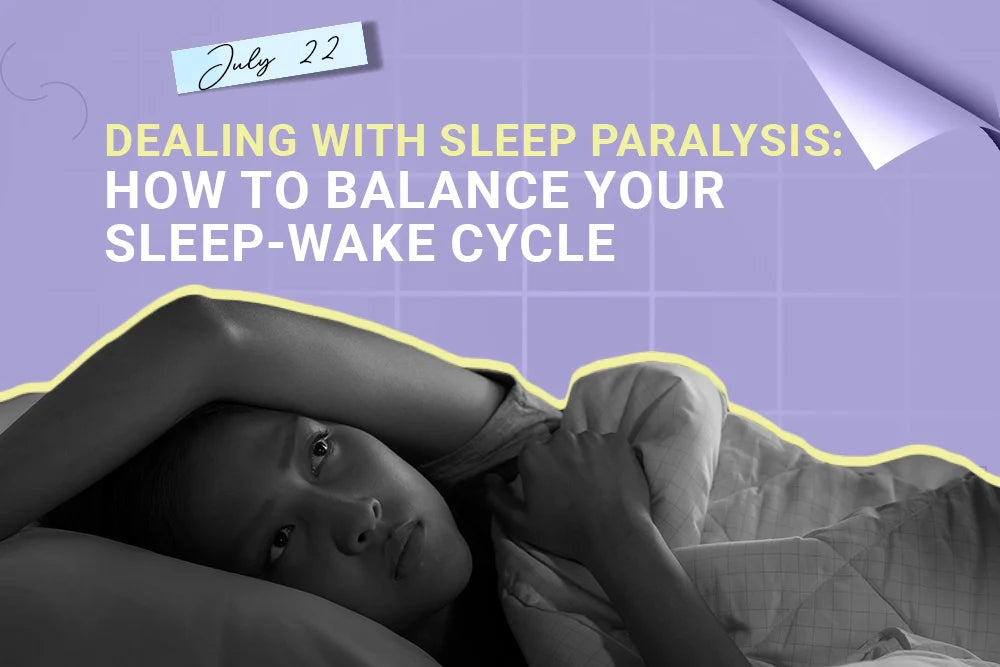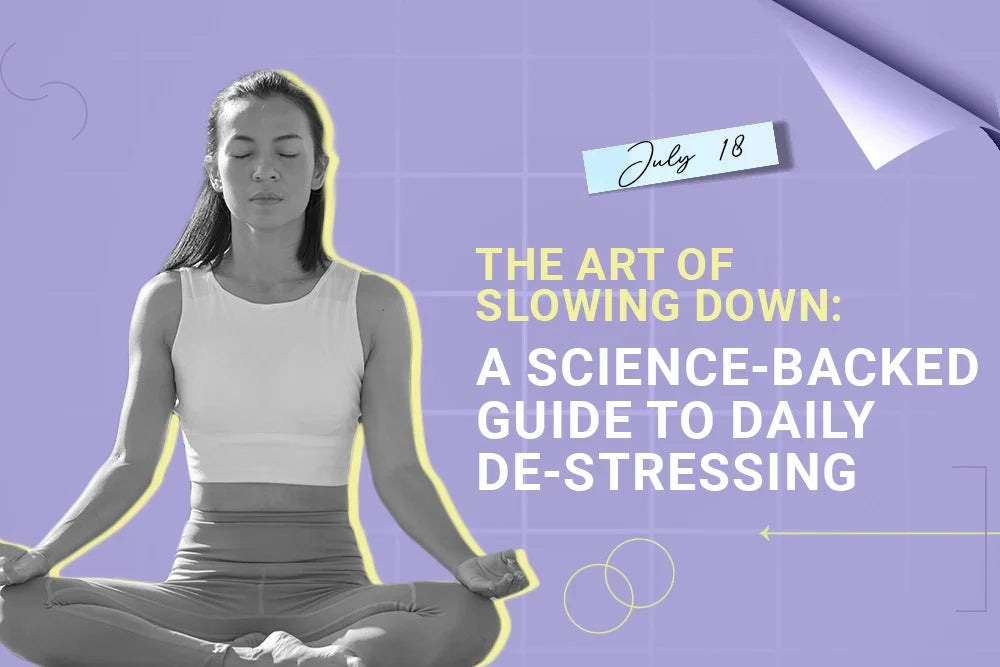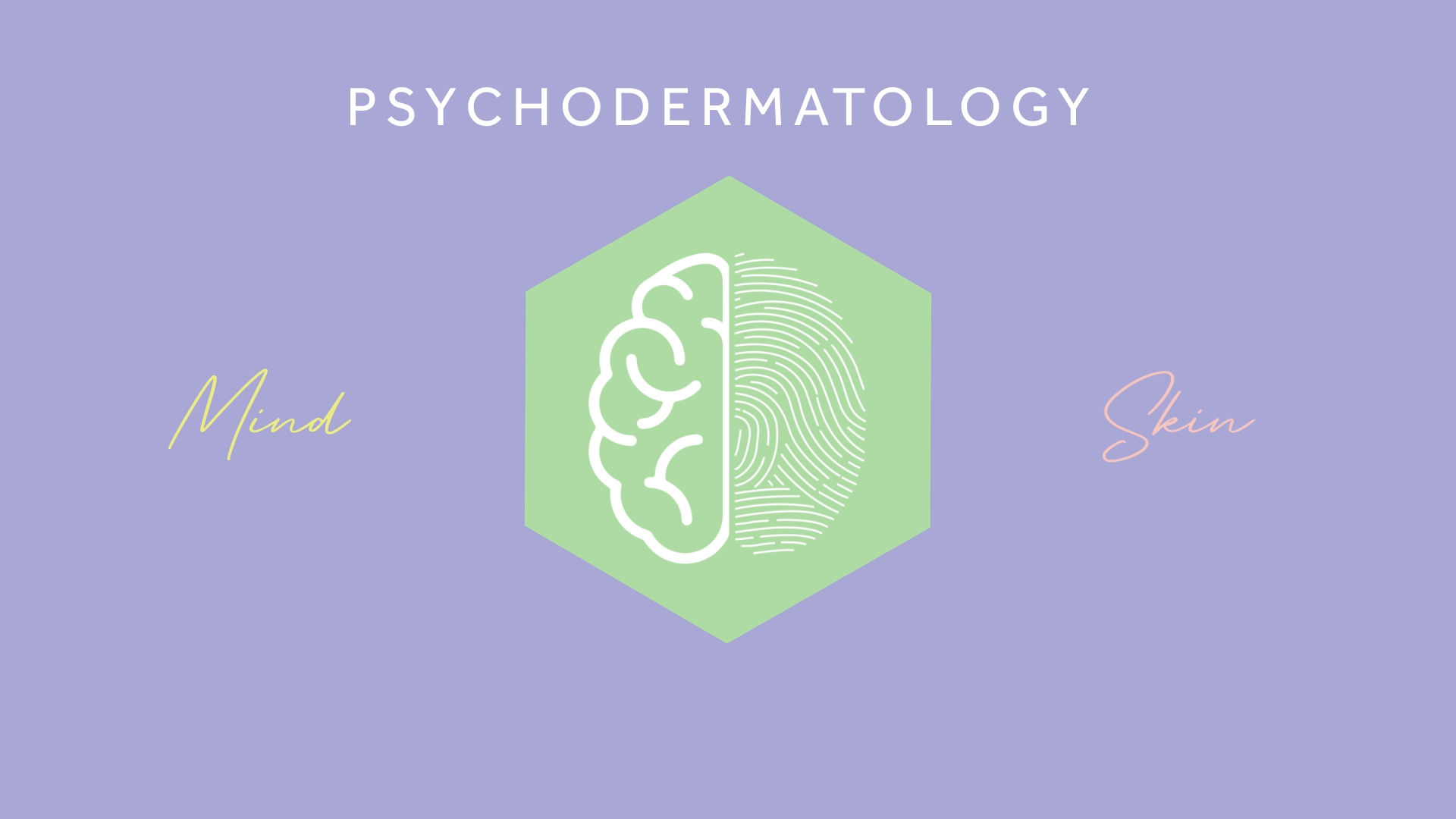Dealing with Sleep Paralysis: How To Balance Your Sleep-Wake Cycle
Sleep paralysis can be a terrifying experience; your mind is awake, but your body feels frozen. Often accompanied by hallucinations or a heavy feeling in the chest, it can leave you feeling anxious and exhausted. But the good news is: sleep paralysis is both manageable and preventable. And one of the most effective tools in your arsenal is a well-balanced sleep-wake cycle.
In this blog, we’ll break down what sleep paralysis really is, why it happens, and how rebalancing your internal clock can help you reduce (or even eliminate) episodes.
What Is Sleep Paralysis?
Sleep paralysis is a temporary inability to move or speak that occurs when you’re falling asleep or waking up. It’s a type of parasomnia, an unwanted event that occurs during sleep. During an episode, your body remains in REM (rapid eye movement) sleep while your brain has begun to wake up. This disconnect causes you to be conscious but unable to move your muscles.
Common Symptoms of Sleep Paralysis:
-
Temporary inability to move or speak
-
Feeling pressure on the chest
-
Hallucinations (visual, auditory, or sensory)
-
Sense of fear or dread
-
Episodes lasting from a few seconds to 2 minutes
Why Does Sleep Paralysis Happen?
Sleep paralysis is more likely to occur when your sleep is disrupted or irregular. Some of the most common triggers include:
-
Poor sleep hygiene
-
Shift work or jet lag
-
Stress and anxiety
-
Sleep disorders like narcolepsy
-
Substance use (alcohol, caffeine, stimulants)
-
Sleep deprivation
The Role of the Sleep-Wake Cycle
Your sleep-wake cycle, also known as your circadian rhythm, regulates when you feel alert and when you feel sleepy. This internal clock is influenced by light, hormones, and daily routines. When this rhythm is out of sync, your REM cycles can become unstable, increasing the risk of sleep paralysis.
How to Rebalance Your Sleep-Wake Cycle
Improving your sleep-wake cycle can reduce or even eliminate sleep paralysis episodes. Here’s how to get back in sync:
1. Prioritize a Consistent Sleep Schedule
Go to bed and wake up at the same time every day, even on weekends. This reinforces your body’s natural rhythm and stabilises your REM sleep.
2. Create a Wind-Down Routine
A calming bedtime ritual helps signal your brain it’s time to sleep. This can include:
-
Light stretching
-
A warm shower
-
Herbal tea (caffeine-free)
-
Journaling or reading
-
Guided breathing or meditation
3. Limit Blue Light Exposure
Blue light from phones, tablets, and TVs can delay melatonin production. Aim to reduce screen time at least 1 hour before bed or use blue light filters.
4. Control Your Sleep Environment
Your bedroom should be:
-
Cool and well-ventilated
-
Dark (use blackout curtains or a sleep mask)
-
Quiet or filled with white noise
-
Free from distractions
5. Limit Stimulants and Alcohol
Caffeine, nicotine, and alcohol can all disrupt your sleep cycle and increase REM instability. Try to avoid them at least 4–6 hours before bed.
6. Manage Daytime Stress
Chronic stress can affect sleep quality and trigger sleep disorders. Incorporate daily stress-relief practices such as:
-
Movement (walks, yoga, or gentle workouts)
-
Mindfulness or meditation
-
Spending time in nature or with loved ones
7. How Calming Candy Tabs Help You Sleep Better

Sleep directly affects how your skin looks, how your body recovers, and how well you handle stress. Calming Candy Tabs are designed to support this connection with a non-melatonin formula that helps regulate your sleep-wake cycle, a crucial factor in managing symptoms like sleep paralysis.
Sleep paralysis often stems from disrupted sleep patterns, elevated stress levels, and poor sleep quality. Calming Candy Tabs address all three.
SEREKO’s proprietary NeuroCalm(I)® formula is a blend of natural active ingredients like: Magnesium Lactate, Hydrolyzed Milk Protein, and Brahmi to reduce anxiety, calm the nervous system, and improve sleep efficiency without making you groggy.
At the same time, ingredients like Saffron Extract and Piperine promote skin hydration and glow, making restful sleep visible on your face.
What to Do During an Episode
If you find yourself in the middle of a sleep paralysis episode:
-
Don’t panic. Remind yourself that it’s temporary and harmless.
-
Focus on small movements. Try wiggling your fingers or toes to help your brain fully reconnect with your body.
-
Control your breathing. Deep, slow breaths can help reduce panic and speed up recovery.
When to See a Doctor
Occasional sleep paralysis is common and usually not a cause for concern. But you should consult a sleep specialist if:
-
Episodes occur frequently (more than once a week)
-
They are severely impacting your mental health
-
You experience symptoms of other sleep disorders (like narcolepsy or insomnia)
Small Changes, Lasting Results.
Balancing your sleep-wake cycle is more about improving your overall quality of life. When your sleep is stable and restorative, everything feels easier: focus, mood, energy, and even immunity.
With a few consistent lifestyle tweaks, you can help your body feel safe, calm, and well-rested, free from the paralysis of a restless night. Have any questions? Feel free to drop a text on our socials! We would love to hear from you.
Meanwhile, check out our Signature Calming Range →













